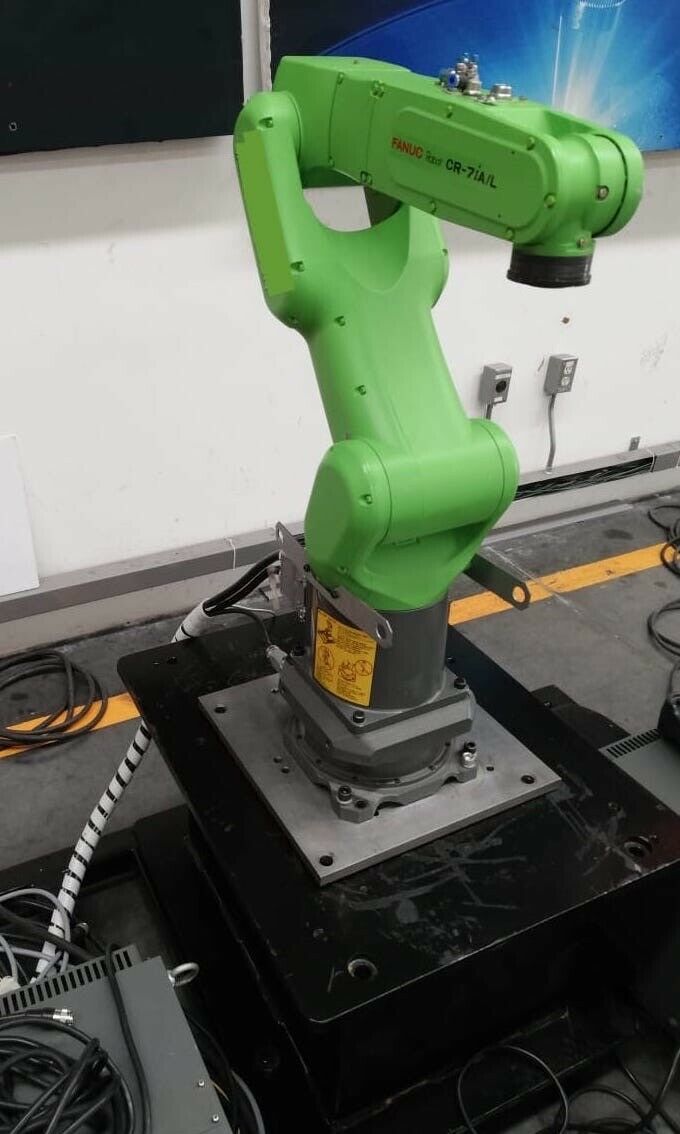Collaborative robots or cobots are quickly becoming one of the most popular types of industrial robots and there is a good reason for that. Collaborative robots can help solve many production issues faced by manufacturers in a more cost-effective and user-friendly manner than other traditional robots. The ease of use, affordability, and flexibility of the Universal UR5 along with other cobots makes them ideal for automating small to medium sized enterprises, helping to expand the reach of robotic automation beyond just large manufacturers. Below is a guide with tips on how to get started with collaborative robots.
Know the Applications They can Automate
Before adding a collaborative robot to your operation it is a good idea to have an understanding of what applications they can automate. Cobots were originally developed for material handling automation. Applications such as robotic pick and place, machine tending, packaging, and assembly are ideal for cobot automation. As the number of collaborative robots in manufacturing has grown so has the types of applications they can automate. Now cobot users are automating inspection, welding, and even material removal applications. The Universal UR10 can be used to automate arc welding processes.Identify Tasks for Cobot Automation
Knowing what applications cobots can automate is the first step, the next is identifying tasks in your own operation that should be automated with collaborative robots. The best tasks for cobots to take over are those that are repetitive, tedious, or pose safety risks to workers. These types of jobs are undesirable to workers and replacing them with the FANUC CR-7ia allows employees to move on to more critical and higher-value roles. Processes that are short-staffed, suffer from low productivity, or prone to bottlenecks are also good candidates for collaborative robots. Cobots can streamline operations, increase productivity, and solve labor shortages. Cobots can supplement manual labor, assisting workers or adding a third shift, operating through the night while workers are away. With cobot automation productions can run 24/7, helping companies meet consumer demands.Know Their Limits
Collaborative robots are more limited in their operation than articulated or six-axis robots. This is mainly due to their smaller size which is one of their many safety features. Most cobots have payloads of less than 20 kg, with the exception of FANUC’s CR-35iA which has a payload of 35 kg. This limits them to handling lighter tooling and workpieces. Their reach is short with most under 1,000 mm which restricts the size of parts they can work with and their work envelope. Knowing their limits will ensure you do it exceed their capabilities.Train Employees
Training and educating your employees will help guarantee a successful transition to cobot automation. Employees should know cobots are not a threat to their jobs as they are designed to assist workers not replace them. Cobots supplement labor making jobs easier on employees. The intuitive operation of collaborative robots makes employee training easy. The Universal UR16e can quickly be programmed through hand guidance. The quick learning curve of cobots allows for fast installations, deployments, and changeovers.Robots Done Right is the place to start when it comes to used robots. Contact us if you are interested in buying or selling your used robot.
